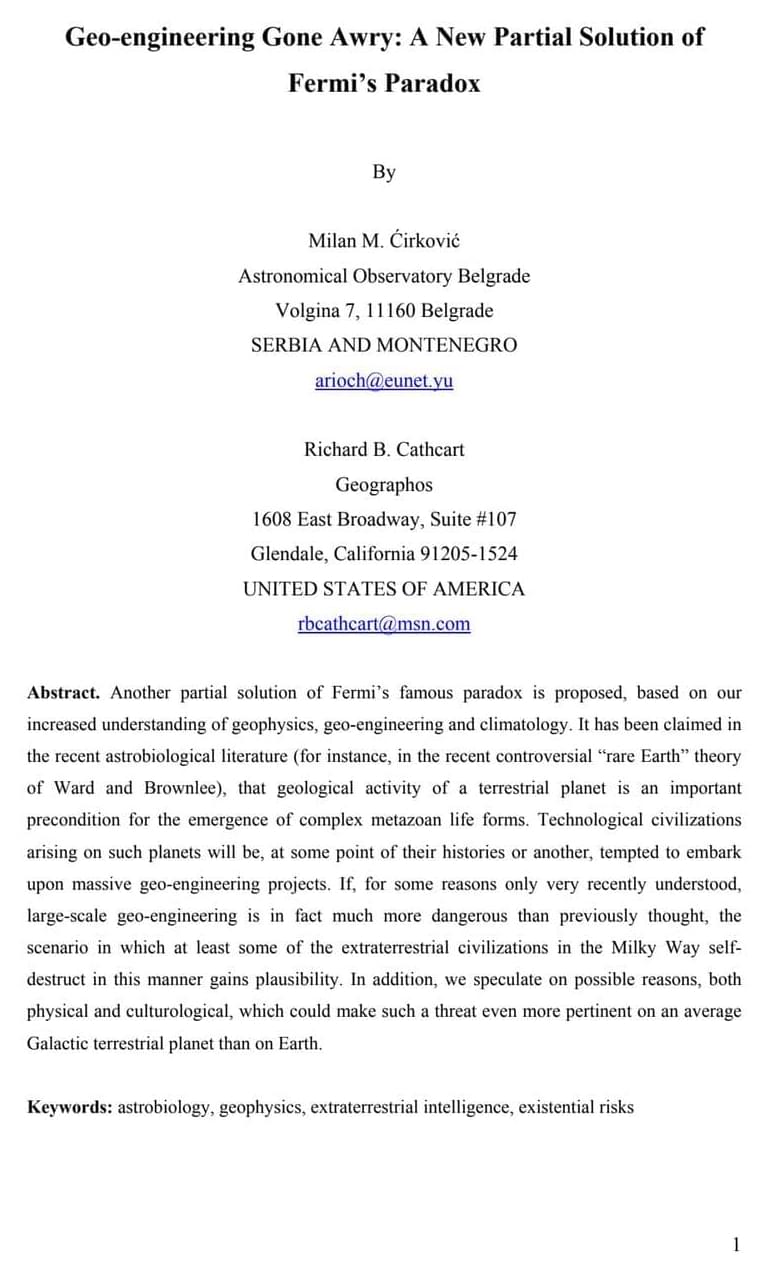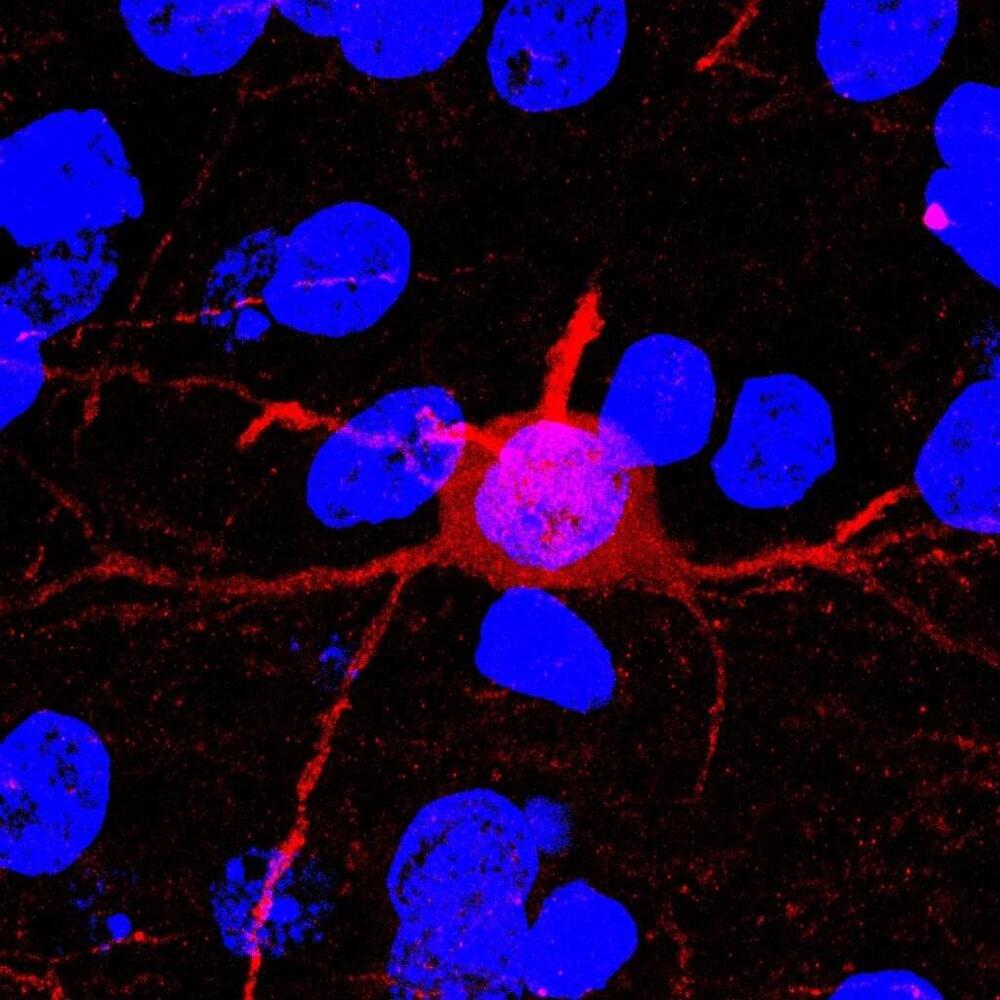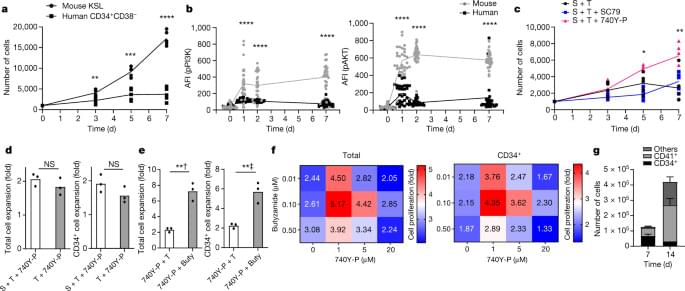Stargazers across Wales were able to witness Venus, Jupiter and the Moon aligned in the night sky on Thursday.



Researchers have discovered a new, innermost layer nestled inside our planet’s inner core, a 400-miles solid metallic ball that responds to the reverberating shockwaves of earthquakes in an unexpected way.
As detailed in a new paper published this week in the journal Nature Communications, a team of two seismologists from the Australian National University found that the Earth has an “innermost inner core,” which may have been formed following a “significant global event from the past.”
“Clearly, the innermost inner core has something different from the outer layer,” lead author Thanh-Son Pham, a seismologist at the Australian National University, told The Washington Post. “We think that the way the atoms are [packed] in these two regions are slightly different.”


The human fingertip is an exquisitely sensitive instrument for perceiving objects in our environment via the sense of touch. A team of Chinese scientists has mimicked the underlying perceptual mechanism to create a bionic finger with an integrated tactile feedback system capable of poking at complex objects to map out details below the surface layer, according to a recent paper published in the journal Cell Reports Physical Science.
“We were inspired by human fingers, which have the most sensitive tactile perception that we know of,” said co-author Jianyi Luo of Wuyi University. “For example, when we touch our own bodies with our fingers, we can sense not only the texture of our skin, but also the outline of the bone beneath it. This tactile technology opens up a non-optical way for the nondestructive testing of the human body and flexible electronics.”
According to the authors, previously developed artificial tactile sensors could only recognize and discriminate between external shapes, surface textures, and hardness. But they aren’t capable of sensing subsurface information about those materials. This usually requires optical technologies, such as CT scanning, PET scans, ultrasonic tomography (which scans the exterior of a material to reconstruct an image of its internal structure), or MRIs, for example. But all of these methods also have drawbacks. Similarly, optical profilometry is often used to measure the surface’s profile and finish, but it only works on transparent materials.
It hasn’t existed since the beginning of time itself, but now scientists have managed to create what they call quark soup. This substance is believed to be the smallest, hottest, and densest state of our universe and the very “soup” that allowed the universe to grow and expand into what we know it as today.
The feat was made possible thanks to a powerful yet very complicated particle accelerator. According to research featured in a video by Scientific American, the universe began as a quark soup — the smallest, most fundamental building blocks of our atoms. Scientists say these quarks floated in a fluid-like force that held them all together inside their proton and neutrons.
These particles, the researchers say, are called gluons. As such, the plasma-like fluid that helped create our universe, the quark soup that they have recreated here, is more formally called quark-gluon plasma. And it hasn’t been found in nature since the beginning of time, as far as we know. But by using a particle accelerator located at Brookhaven National Laboratory in Long Island, scientists were able to recreate it.


Substance use disorder (SUD) is an extremely difficult disorder to overcome, and many individuals with SUD return to regular use after repeated attempts to quit.
A return to regular drug use can be caused by the body’s physical dependence on the drug as well as experiences associated with prior drug use. Exactly how these drug associations are formed in the brain and how they trigger a return to drug use remain unclear.
“Individuals make long-lasting associations between the euphoric experience of the drug and the people, places and things associated with drug use,” said Christopher Cowan, Ph.D. professor in the Department of Neuroscience at the Medical University of South Carolina (MUSC) and member of the Brain and Behavior Research Foundation Scientific Council.
The human race already has enough problems here on Earth, and any extraterrestrial visitors we have will definitely complicate things! Check out today’s epic new video to find out why we DON’T want to discover aliens, ever!
🔔 SUBSCRIBE TO THE INFOGRAPHICS SHOW ►
🔖 MY SOCIAL PAGES
TikTok ► https://www.tiktok.com/@theinfographicsshow.
Discord ► https://discord.gg/theinfoshow.
Facebook ► https://www.facebook.com/TheInfographicsShow.
Twitter ► https://twitter.com/TheInfoShow.
💭 Find more interesting stuff on:
https://www.theinfographicsshow.com.
📝 SOURCES: https://pastebin.com/v8LeBn5L
All videos are based on publicly available information unless otherwise noted.


Recently an international collaboration of astronomers released the most accurate map yet of all the matter in the universe, to help to understand dark matter, and now this is being joined by the largest two-dimensional map of the entire sky, which can help in the study of dark energy. A data release from the Dark Energy Spectroscopic Instrument (DESI) Legacy Imaging Survey shared the results from six years of scanning almost half of the sky, totaling one petabyte of data from three different telescopes.
The reason that such large-scale data is required to study dark energy and dark matter is that these can only be detected due to their effects on ordinary matter — so researchers need to look at many galaxies to track how these otherwise unseen forces are adding mass or affecting the interaction between galaxies. This particular map was created to help scientists identify 40 million target galaxies which will be studied as part of the DESI Spectroscopic Survey.
To make the map as comprehensive as possible, the researchers included data taken in the near-infrared wavelength as well as the visible light wavelength. That is important as the light from distant galaxies appears redshifted, or shifted toward the red end of the spectrum, due to the expansion of the universe. “The addition of near-infrared wavelength data to the Legacy Survey will allow us to better calculate the redshifts of distant galaxies, or the amount of time it took light from those galaxies to reach Earth,” explained one of the researchers, Alfredo Zenteno of NSF’s NOIRLab, in a statement.